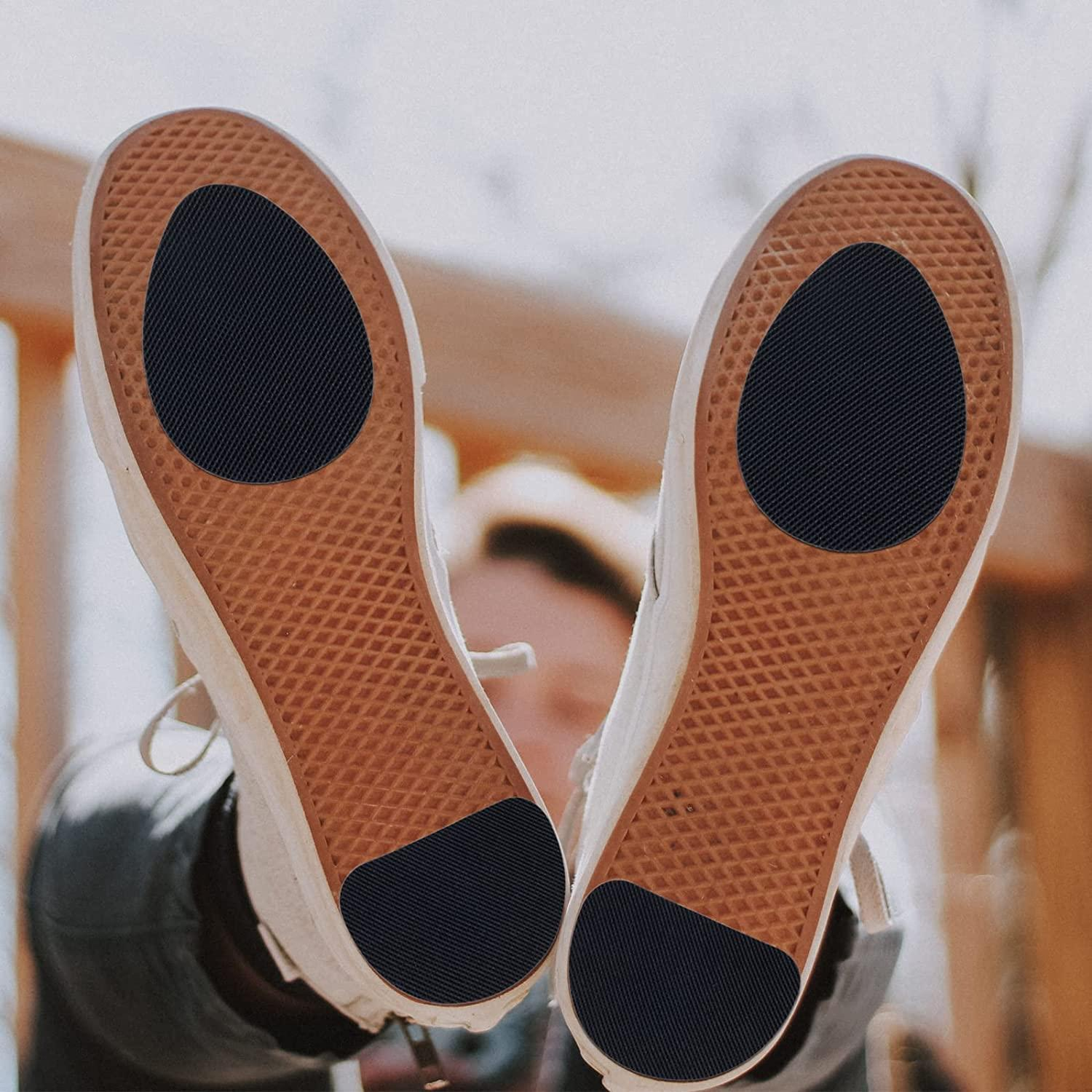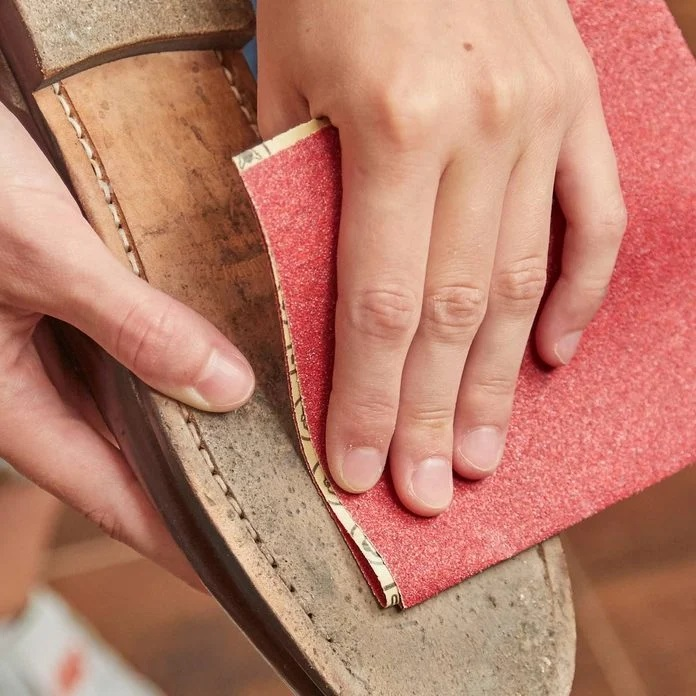Are you tired of slipping and sliding in your favorite pair of shoes? Whether you’re navigating a busy kitchen, enjoying a night out, or working on slippery surfaces, having non-slip shoes is essential for safety and comfort. In this friendly guide, we’ll explore a variety of methods to make your shoes non-slip, along with real-world experiences, product highlights, and expert tips. Let’s dive in!
Understanding Non-Slip Footwear
Non-slip shoes are specially designed to provide better traction and grip, minimizing the risk of falls. This is particularly important for professionals such as chefs, healthcare workers, and service industry employees who work in environments prone to spills and slick surfaces. Brands like Skechers and Dansko have become popular for their non-slip options, but what if you want to enhance your existing footwear? This guide is here to help!
Why Non-Slip Shoes Matter
Imagine walking confidently through a crowded restaurant or bustling retail environment, knowing your shoes have your back. With slip-resistant footwear, you can reduce your risk of accidents while looking stylish. This is particularly significant for those working long hours on their feet. The right shoes can make a world of difference, not just in safety but also in comfort and productivity.
Methods to Make Your Shoes Non-Slip
There are several practical methods to enhance the slip resistance of your shoes. Let’s explore each of them!
1. Use Non-Slip Soles
One effective way to make your shoes non-slip is to invest in non-slip sole covers. These can be applied to the bottom of your existing shoes, providing an instant upgrade. Companies like Slip-Not offer adhesive non-slip pads that can be cut to fit any style of shoe.
Advantages of Non-Slip Soles:
- Easy to apply and remove.
- Cost-effective solution.
- Can be tailored to fit various shoe types.
Disadvantages of Non-Slip Soles:
- May wear down over time and require replacement.
- Some adhesives may not hold up in wet conditions.
2. Anti-Slip Sprays and Coatings
Anti-slip sprays are another excellent option for adding traction to your shoes. These sprays usually contain rubber or polymer compounds that can create a textured surface. Brands like Rust-Oleum offer a variety of non-slip coatings that can be applied to different materials, including leather, fabric, and synthetic surfaces.
How to Apply:
- Clean the soles of your shoes thoroughly.
- Shake the spray can well before use.
- Spray an even coat on the soles, allowing it to dry completely.

Pros and Cons:
| Pros | Cons |
|---|---|
| Provides a textured surface for better grip. | May require reapplication after some time. |
| Works for various shoe materials. | Some sprays may not be effective on all surfaces. |
3. Traction Pads
Traction pads are another great tool for making shoes non-slip. These rubber pads can be added to the sole of your shoe and come in various shapes and sizes. They can be purchased online or at shoe stores. Traction pads are especially beneficial for high-heeled shoes, which often have slippery soles.

How to Use Traction Pads:
- Clean the shoe sole to ensure proper adhesion.
- Cut the traction pads into desired shapes if necessary.
- Peel off the backing and stick them to the shoe sole.
4. Wear Shoes with the Right Tread
Before considering modifications, it’s worth mentioning that choosing the right footwear with quality tread patterns can drastically reduce slip risks. Look for shoes that feature rubber soles with deep grooves. Brands like Merrell and New Balance offer many options that combine style and functionality.

Best Treads for Non-Slip Shoes:
- Chevron patterns provide superior grip.
- Herringbone patterns offer multidirectional traction.
- Flat, textured soles help improve friction on various surfaces.
Case Studies: Real World Experiences
To illustrate the effectiveness of these methods, let’s look at some real-world experiences.
Case Study 1: Restaurant Workers
Maria, a waitress at a busy downtown diner, struggled with her traditional leather shoes, which were notoriously slippery on the tile floors. After applying a non-slip coating and switching to slip-resistant soles, she reported a significant reduction in near slips. Maria’s productivity increased as she moved swiftly between tables without worrying about her footing.

Case Study 2: Healthcare Professionals
James, a nurse, often faced challenging environments with spilled fluids and quickly moving patients. He decided to invest in non-slip shoes specifically designed for healthcare professionals. The combination of good tread patterns and traction pads worked wonders, leading to a safer working environment and fewer accidents.
Product Highlights
Here are a few highly recommended products to help make your shoes non-slip.

1. Slip-Not Non-Slip Pads
These adhesive soles can be easily applied to any shoe type and provide outstanding grip. They are durable and designed to withstand wet and oily environments.
2. Rust-Oleum Non-Slip Spray
This spray provides a textured finish on your shoes for increased traction. It’s ideal for both indoor and outdoor shoes, making it versatile.

3. Dr. Scholl’s Traction Pads
Perfect for those who want to enhance the grip of their heels, these pads are easy to apply and provide a boost in safety without compromising style.
Tips for Long-Lasting Non-Slip Shoes
To maximize the lifespan of your non-slip modifications, consider the following tips:
1. Clean Your Shoes Regularly
Keeping the soles of your shoes free from dirt and debris can help maintain their traction. Avoid using harsh chemicals that may dissolve your non-slip coatings.

2. Store Your Shoes Properly
When not in use, store your shoes in a cool, dry place. Avoid areas with excessive moisture, which could deteriorate non-slip materials.
3. Check for Wear and Tear
Regularly inspect your shoes for any signs of wear. If necessary, reapply non-slip coatings or replace pads to ensure optimal safety.
Pros and Cons of Non-Slip Shoes
Before making a decision, it’s essential to consider the pros and cons of non-slip footwear modifications.
Pros
- Enhances safety in slippery environments.
- Improves overall comfort and confidence while walking.
- Cost-effective solutions are available for existing shoes.
Cons
- Not all solutions work equally well on every shoe type.
- Some modifications may require regular maintenance or replacement.
- Specific modifications may alter the aesthetic of shoes.
FAQs About Making Shoes Non-Slip
1. Can all types of shoes be made non-slip?
While many shoes can be modified for better traction, certain styles, such as high heels, may require special pads or coatings designed for aesthetic purposes.
2. How long do anti-slip sprays last?
The longevity of anti-slip sprays varies, but they generally need reapplication after several uses or if exposed to wet conditions frequently.
3. Are non-slip soles safe for outdoor use?
Yes, many non-slip soles are designed for use on various surfaces, including outdoor terrains. Always check product specifications for optimal use.
4. Can I apply these methods to canvas shoes?
Absolutely! Most anti-slip sprays and pads can be applied to canvas shoes as long as they are clean and dry before application.
5. What should I do if my shoes are already slippery?
If your shoes are slippery, start by cleaning them and consider applying anti-slip methods mentioned in this guide. Non-slip pads or sprays can provide an instant upgrade.
6. Are non-slip shoes expensive?
Non-slip shoes can range in price, but many affordable options are available. Additionally, modifying existing shoes can be a cost-effective alternative.
7. Do non-slip solutions affect shoe comfort?
Most non-slip modifications are designed to enhance grip without compromising comfort. However, always test how your shoes feel after applying these methods.
8. Can I make my flip-flops non-slip?
Yes! You can use non-slip sprays or adhere traction pads to flip-flops, but be mindful of the aesthetic and comfort changes.
9. How do I choose the right non-slip solution?
Consider factors such as shoe material, intended use, and durability requirements when selecting a non-slip solution for your shoes.
Conclusion
Making your shoes non-slip is not just about safety; it’s about enhancing your comfort and confidence in every step you take. With various methods available, from non-slip soles to sprays and pads, you can protect yourself against slips and falls while rocking your favorite styles. Whether you’re a professional seeking safety or a fashion enthusiast wanting to stay steady, these solutions can help you stride safely and stylishly.
Remember, implementing these changes is a step towards a safer and more enjoyable footwear experience. Lace up those non-slip shoes and step out with confidence!